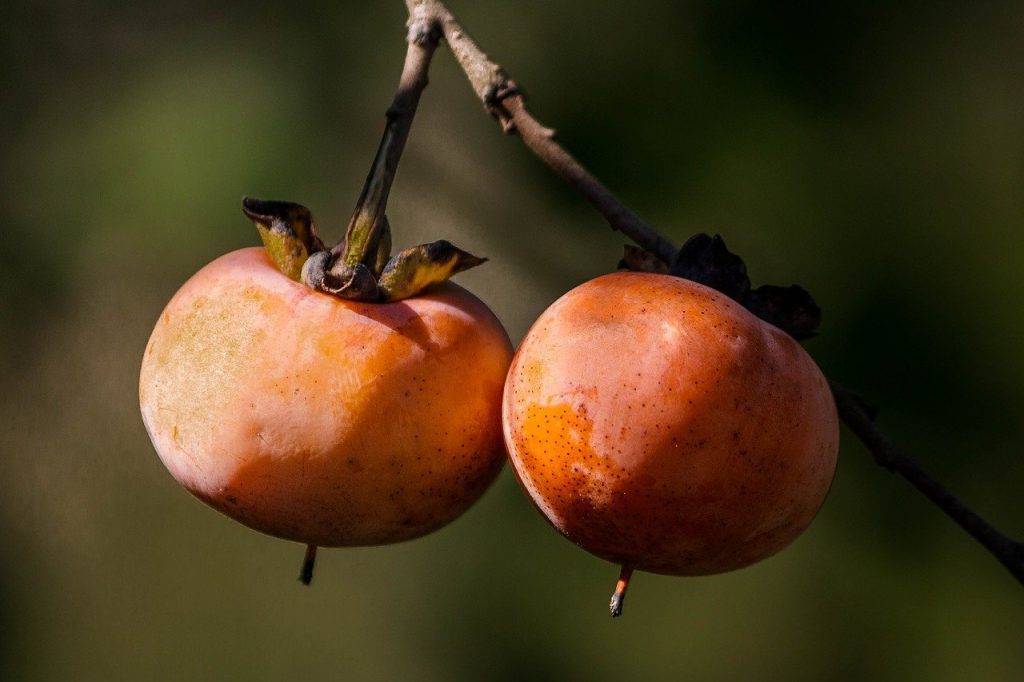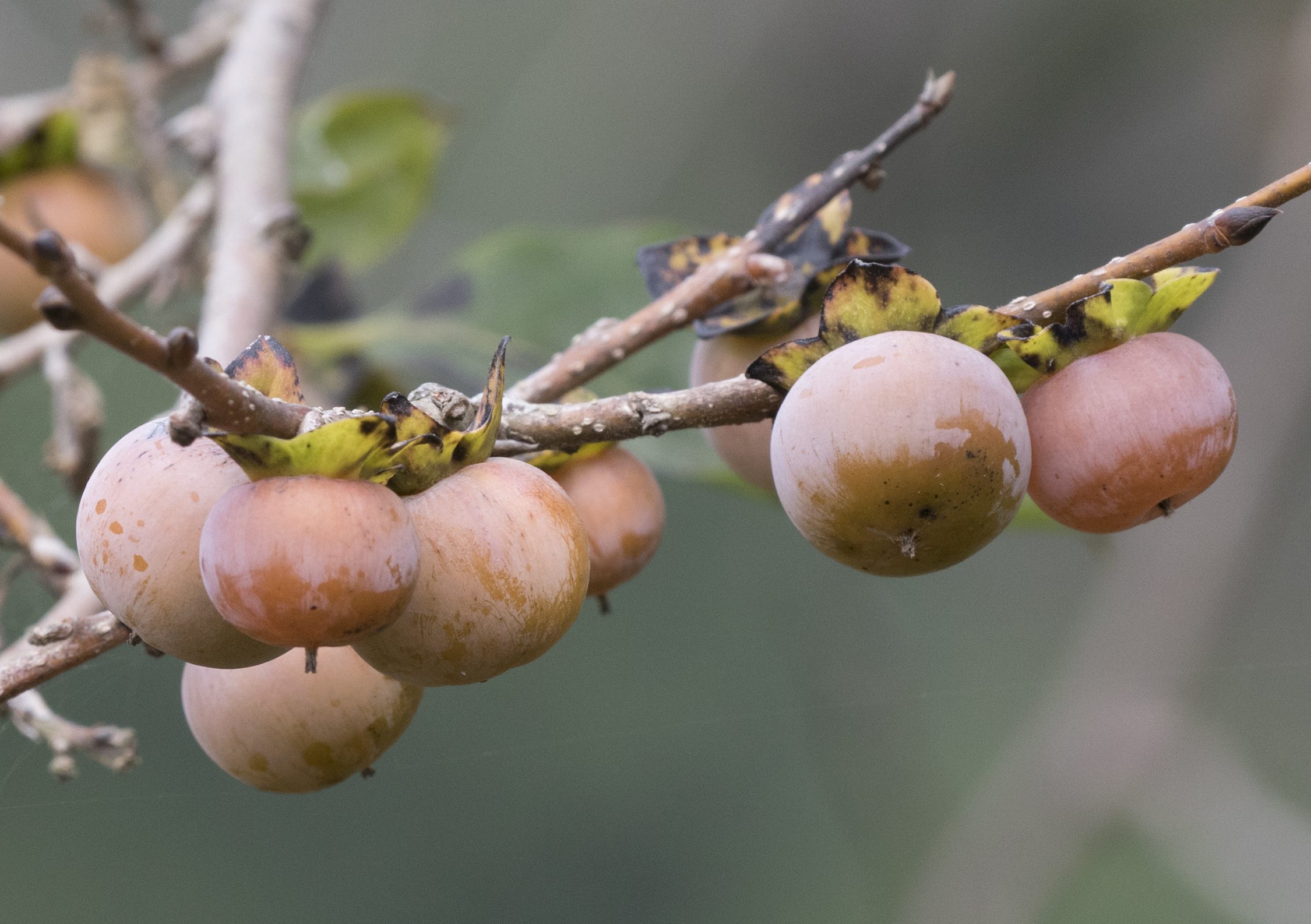If you follow our content, you know we really like wild foods. Stumbling upon something delicious while exploring Ontario’s wild spaces – responsibly – is absolutely delightful. That’s why we’re so excited to introduce you to our latest obsession. Meet the North American persimmon.
There was a time when the genus – Diospyros – was thought to originate from the Greek for “divine fruit”, but it has since been established that the word persimmon itself is derived from putchamin, pasiminan, or pessamin, from Powhatan, an Algonquian language of the eastern United States, meaning “a dry fruit”.
It’s an apt name because the fruit itself, unless perfectly ripe, drys the mouth (and is very astringent). Finding that perfectly ripe specimen – one that thrives in sub-zero, early-December temperatures – is a task in itself.

You see, the American persimmon, unlike it’s very popular Asian cousin you find in grocers at this time of year – is native from Southern New England across to Kansas and southward to Texas. Their fruit – technically a berry – can stand freezing temperatures and still be edible well into December. In fact, cultivated persimmons are rarely harvested until after the first frost. This cold snap develops their flavour and softens the flesh.
FUN FACT: Persimmon trees are dioecious,
that means they can be male or female.
Most cultivars will produce fruit without a male.
Winter fruit in Ontario, as any place that experiences the cold, dark days of the season, is a novelty. Like it’s friend, the Paw Paw, the Persimmon is elusive. It doesn’t do well in the wild and groves tend be remnants from by-gone orchards. The hunt for the perfect persimmon is half the fun.
Look for a small tree usually 30 to 80 feet in height, with a short, slender trunk. The leaves are long, narrowed, thick, dark green, shining above, pale beneath. In autumn they sometimes turn orange or scarlet. By the time the fruit is ripe, the leaves will have mostly fallen – making them easier to spot. Look for a small tree laden with fruit that is round and usually orange-yellow, sometimes blush.

If you’d like to grow your own, Grimo Nut Nursery in Niagara sells seedlings and grafts. They recommend planting at least two to ensure proper fruiting. If become a micro-persimmon farmers is not in the cards for you – we understand. You can also sometimes find Ontario persimmons at farmers markets. Businesses that specialize in foraged food – like Forbes Wild Foods – sometimes secure a windfall.




